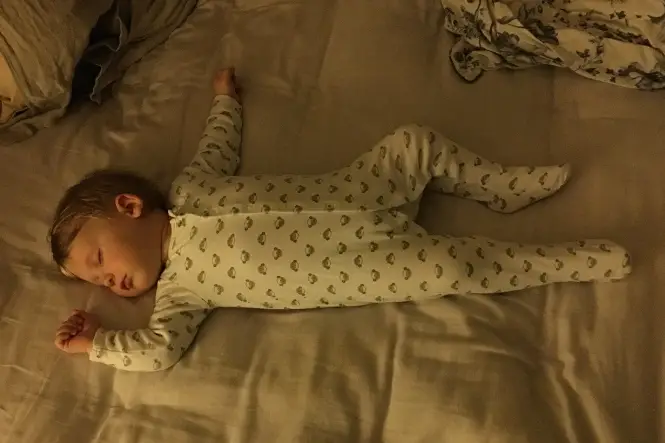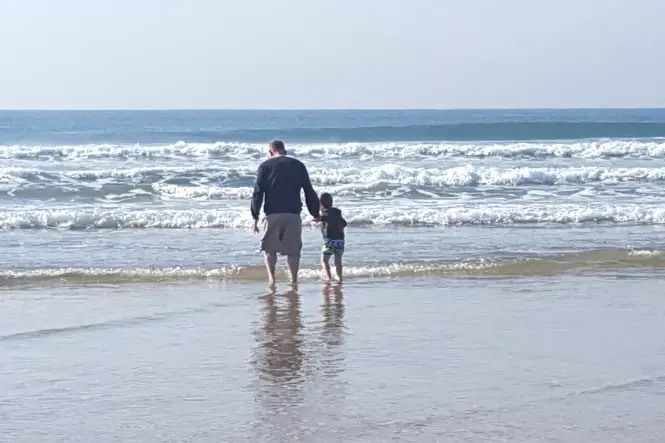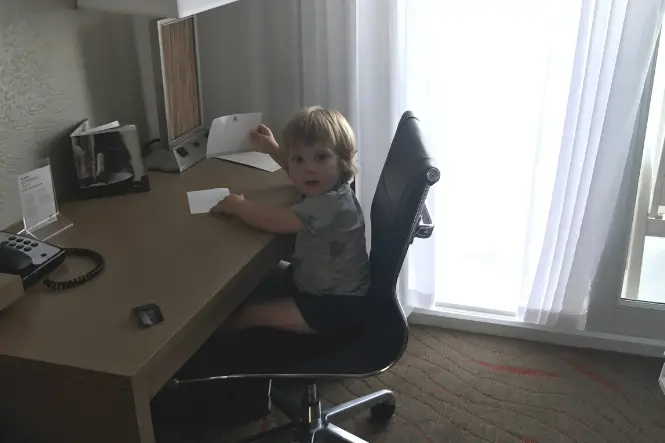The recovery position should be used if you find a casualty who is unconscious but breathing normally.
Recovery Position for a Baby
In this instance, a baby is somebody less than 12 months old. When placing a baby in the recovery position, different steps must be taken to that of the adult recovery position.
- Holding the baby in your arms, tilt their head down in order to Prevent Choking on their tongue or their own vomit.
- Vital signs must be recorded, such as pulse, breathing and response levels (see our article on DRABC on this site). This should be done until emergency services arrive.
Recovery Position for a Child or Adult
Casualties who have no life-threatening conditions, but are unconscious, should be put into the recovery position.
If the casualty is over the age of 1, they are placed in the same recovery position as you would place an adult. Details of this are outlined below:
- Place the casualty onto their side.
- Open the airways by lifting the casualty’s chin forward, and put their hand under their cheek as required.
- Ensure that the casualty will not roll forwards or backwards.
- Breathing and pulse must be checked constantly.
- After 30 minutes, the casualty must be turned on to their other side. However, ensure the casualty’s injuries do not prevent this.
Note:
If there is a possibility of a spinal injury, use a technique known as the jaw thrust technique. With your hands on either side of the casualty’s face, open their airway by gently lifting their jaw. Ensure that you do not tilt their neck, as this could cause damage should the casualty have a spinal injury.






